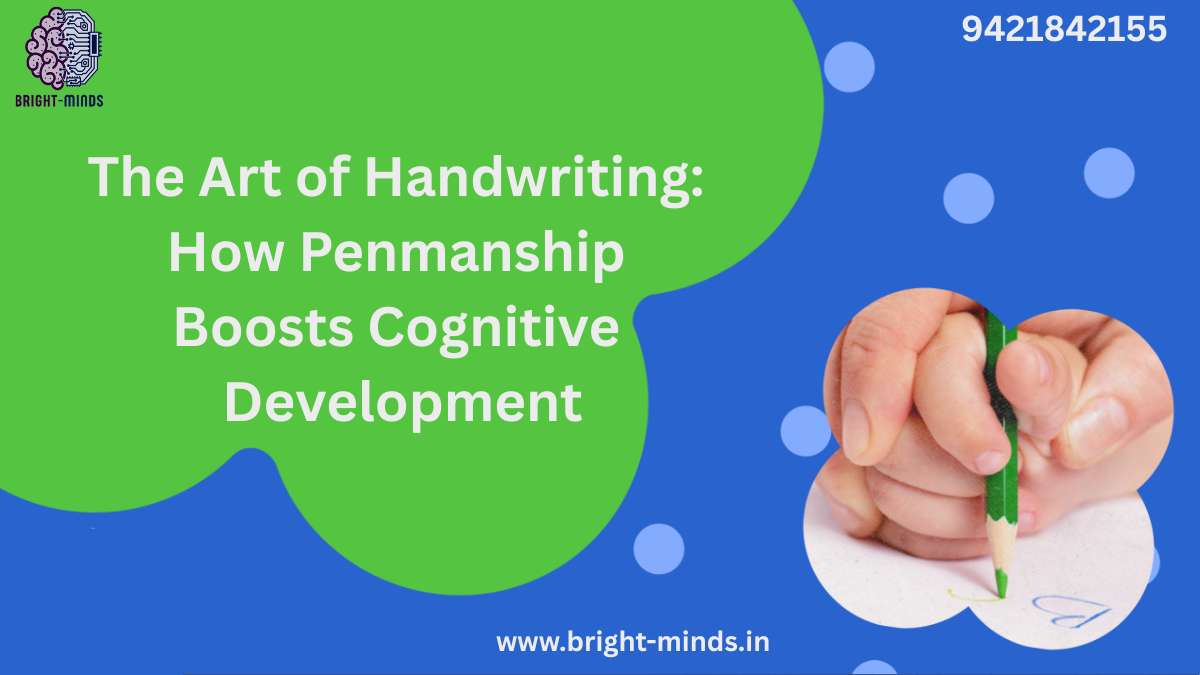In a world driven by keyboards, touchscreens, and voice-to-text apps, the humble act of putting pen to paper may seem outdated. But what if we told you that handwriting—yes, good old-fashioned penmanship—holds surprising power in shaping the way we think, learn, and succeed?
Whether you’re a lifelong learner, a parent, or a professional looking to sharpen your edge, understanding the cognitive benefits of handwriting can unlock new pathways to personal growth and professional success. Welcome to the art of handwriting—where tradition meets neuroscience, and creativity fuels productivity.
✍️ Handwriting: More Than Just a Skill
Let’s start with a simple truth: handwriting is not just about neat letters or elegant script. It’s a powerful cognitive activity that stimulates the brain in ways typing never can. When you write by hand, you engage multiple areas of the brain responsible for language, memory, fine motor skills, and critical thinking.
Recent studies have shown that children who write by hand develop stronger neural connections in the brain’s learning centers. Adults who journal regularly or take handwritten notes tend to retain information longer and think more clearly.
So, what does this mean for you? Whether you’re writing a to-do list or taking notes in a meeting, the act of writing by hand can make you smarter, sharper, and more focused.
🧠 The Cognitive Science Behind Penmanship
1. Enhanced Memory and Retention
Typing is fast, but handwriting is mindful. When we write by hand, we’re forced to process information more deeply, which leads to better memory consolidation. That’s why students who take handwritten notes often outperform those who type them.
Pro tip: Try using a physical notebook during meetings or training sessions. You’ll retain more and engage more meaningfully.
2. Boosted Creativity
Many writers and artists still swear by pen and paper for brainstorming. That’s because handwriting slows down your thinking just enough to allow ideas to develop organically.
3. Improved Focus and Mindfulness
Unlike digital devices that come with distractions, handwriting promotes deep work. It demands attention, improving your ability to concentrate and think critically.
📈 Market Trends: The Comeback of Penmanship
Despite our increasingly digital world, the handwriting industry is making a quiet comeback. Here’s how:
🖋️ Rising Sales of Premium Stationery
Luxury pens, custom notebooks, and calligraphy sets are seeing a resurgence. According to a recent industry report, the global stationery market is projected to reach $128 billion by 2027, with handwriting-related products driving growth.
🧑🏫 Schools Reinforcing Cursive and Penmanship
Several educational boards are bringing back cursive writing and handwriting exercises into curriculums, acknowledging their role in literacy and brain development.
👩💼 Corporate Workshops and Wellness Programs
Companies are now integrating handwriting-focused activities—like journaling and calligraphy—into employee well-being and productivity programs, recognizing the mental clarity it provides.
🏢 Real-World Applications: Why Businesses Should Care
1. Training & Development
Encouraging employees to take handwritten notes during workshops can improve retention of key learning outcomes. It’s a cost-effective way to maximize ROI from training investments.
2. Mental Health & Wellness
Handwriting is a proven stress-reliever. Daily journaling or gratitude logs can help reduce anxiety and improve emotional well-being—key components of a productive workforce.
3. Creative Problem Solving
Want more innovation in your team? Encourage mind-mapping sessions with pen and paper. Teams who brainstorm on whiteboards or paper often come up with more diverse solutions than those using digital tools alone.
📝 Practical Tips to Reintroduce Handwriting Into Your Life
Starting small can lead to big changes. Here are some easy, beginner-friendly ways to revive your handwriting habits:
| Habit | How to Start |
| Morning Journaling | Write 5-10 mins each morning about goals, thoughts, or gratitude. |
| Pen & Paper Meetings | Take notes by hand during meetings; review them post-call. |
| Handwritten Letters | Send a thank-you note or handwritten message to a friend or client. |
| Practice Cursive or Calligraphy | Use YouTube or guided books to explore creative styles. |
Bonus Tip: Use a quality pen you enjoy writing with—it makes the experience more satisfying and encourages consistency.
🌟 Success Stories: From Scribbles to Success
✨ Sarah, 28 – Financial Analyst
After switching to handwritten journaling for her daily reflections, Sarah reported improved decision-making at work and better emotional clarity during stressful times.
✨ Arjun, 35 – Marketing Manager
Arjun replaced his phone note-taking app with a paper notebook. Not only did his team notice more strategic ideas in meetings, but he also found himself less distracted and more mindful throughout the day.
These are real-world examples of how small handwriting habits can lead to big mindset shifts.
🎯 Why This Matters for Financial Literacy & Success
You might be wondering: what does handwriting have to do with financial literacy?
The answer is—everything.
Learning to track your expenses in a handwritten budget planner, reflecting on your financial habits in a journal, or setting money goals on paper makes your progress more intentional and tangible.
Writing by hand slows you down just enough to think critically about your financial behavior—the first major step toward long-term wealth-building.
you may be interested in this blog here:-
Numeracy Skills for Pre-Primary Building a Strong Foundation
Learning Geography with Maps: A Kid’s Adventure Around the World

